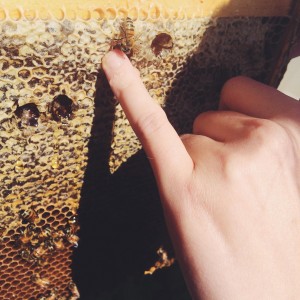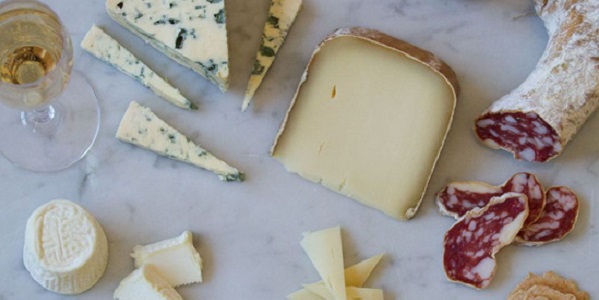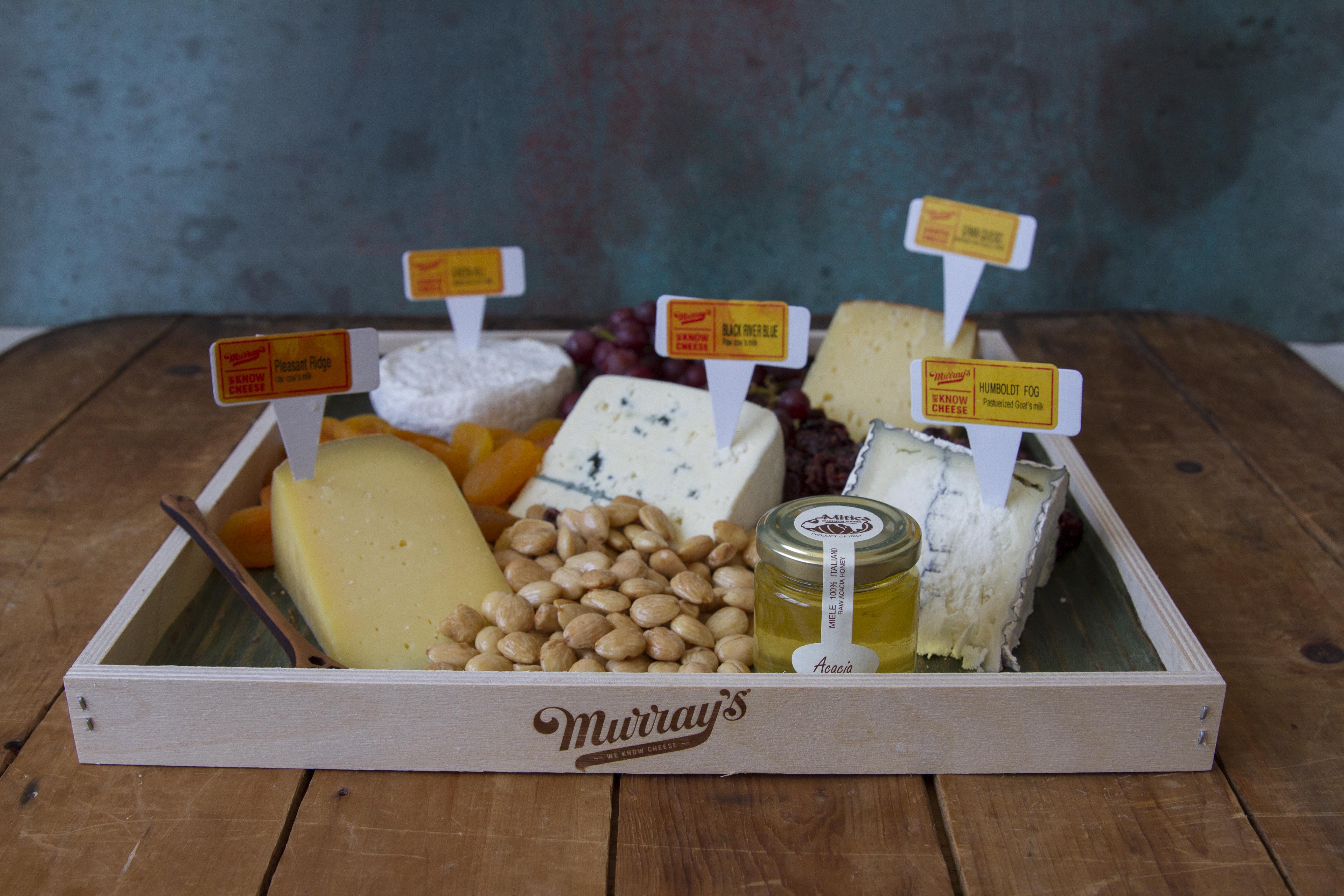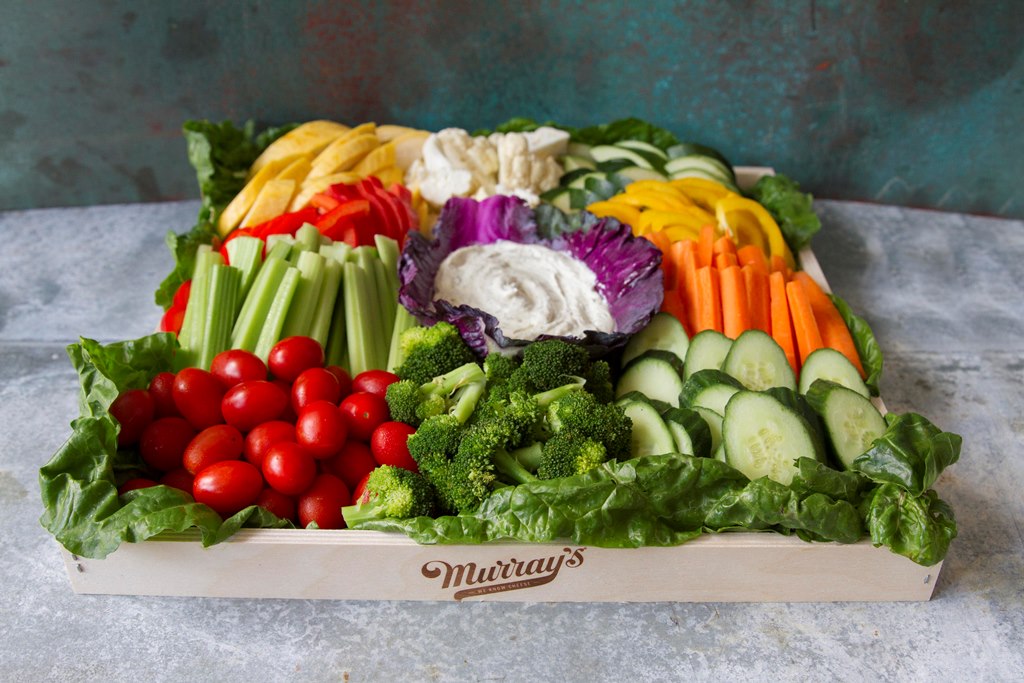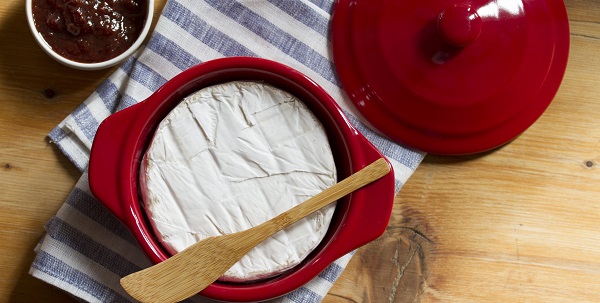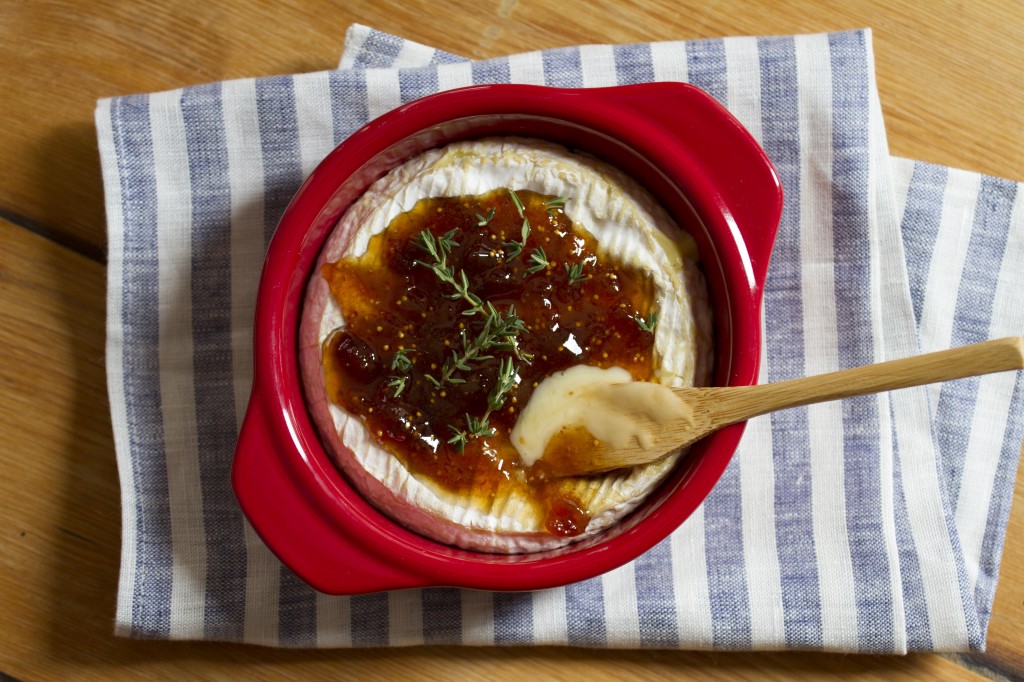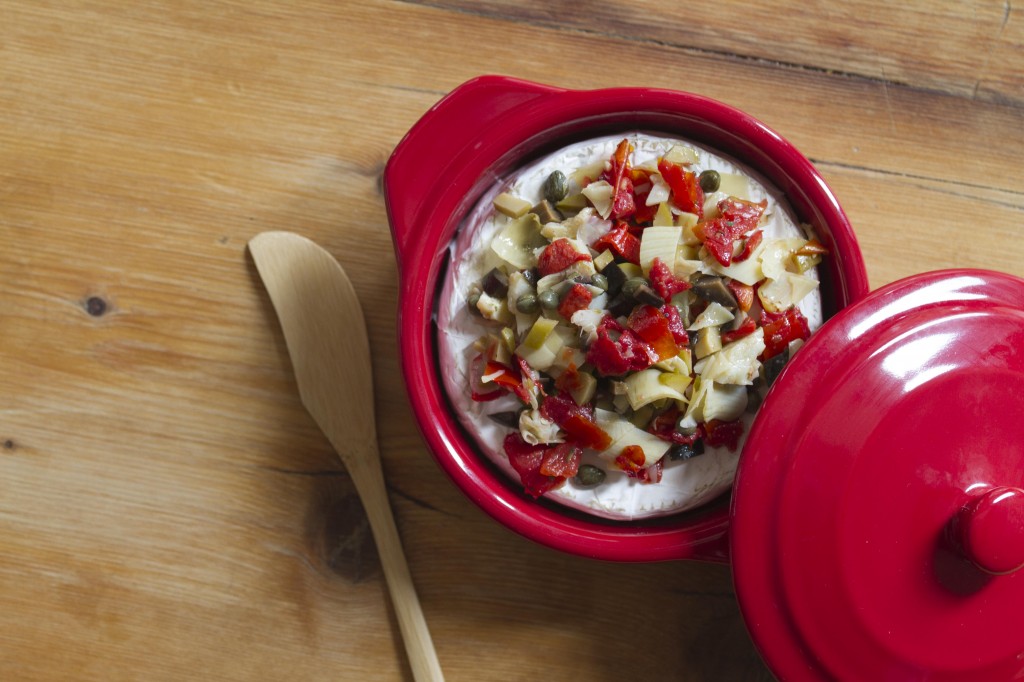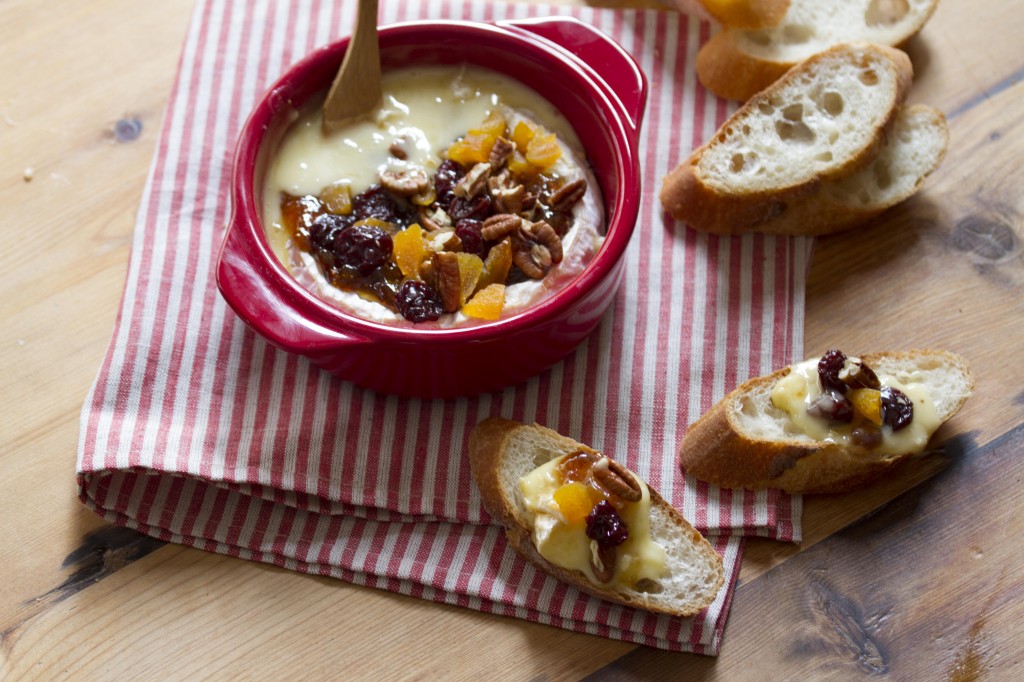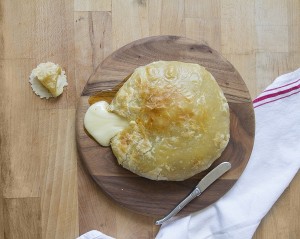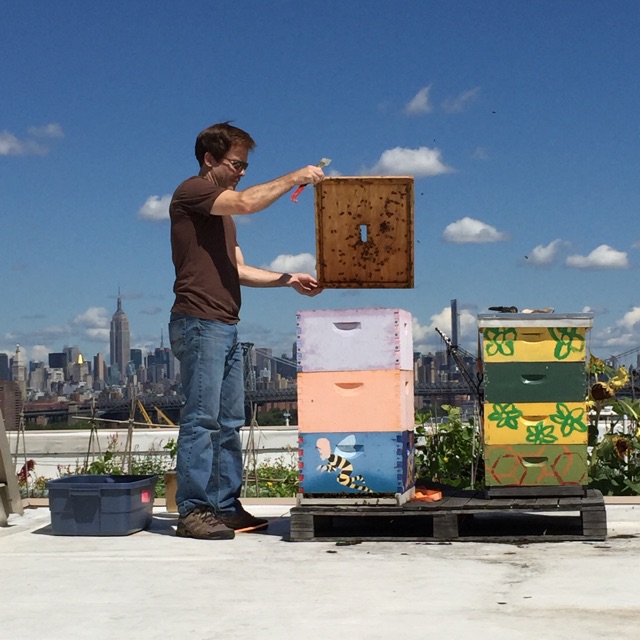 Quick Editor’s Note: Honey week is September 8 – 13! Come celebrate (and learn) with us at our honey class, or bask in some delicious honey at home. We visited Brooklyn Grange, the leading rooftop farming and intensive green roofing business in the US. Christine writes about the epic trip:
Quick Editor’s Note: Honey week is September 8 – 13! Come celebrate (and learn) with us at our honey class, or bask in some delicious honey at home. We visited Brooklyn Grange, the leading rooftop farming and intensive green roofing business in the US. Christine writes about the epic trip:
I’m pretty sure I took more notes at Brooklyn Grange than I took in most of my college classes. Chase was a wealth of knowledge about bees and the business of bees. Asking him a question was delightful, because he’d grin, take three seconds to think about it, and then answer not only that question but also the three next follow-up questions I had wanted to ask. He is passionate about keeping his bees and knowing all he can about bees, and we all were trying to soak up as much of that knowledge as we could in the short amount of time we were there.
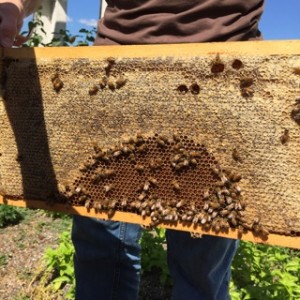 One surprising thing he mentioned is that most people consider city honey to be dirtier than honey from rural areas, but that’s usually not the case. Rural areas often have crops that are sprayed with pesticides, which can get into the honey. In the city, however, most of what the bees eat is pollen from plants growing in parks, none of which is (usually) sprayed. In New York City, most of our urban honey is made up of pollen from linden trees. Even if his whole 65,000 square foot rooftop farm were covered in bee-friendly flowers, he said that it would only be 1% of what one hive needs in a season. Much like cheese, a lot of the feed goes into keeping the animals alive and healthy before it can go into creating that delicious byproduct.
One surprising thing he mentioned is that most people consider city honey to be dirtier than honey from rural areas, but that’s usually not the case. Rural areas often have crops that are sprayed with pesticides, which can get into the honey. In the city, however, most of what the bees eat is pollen from plants growing in parks, none of which is (usually) sprayed. In New York City, most of our urban honey is made up of pollen from linden trees. Even if his whole 65,000 square foot rooftop farm were covered in bee-friendly flowers, he said that it would only be 1% of what one hive needs in a season. Much like cheese, a lot of the feed goes into keeping the animals alive and healthy before it can go into creating that delicious byproduct.
My favorite part started when he pulled the frame out and brought it over to us. He invited us to push our fingers through the honeycomb to try a bit of fresh honey. We did. Remember that moment in The Wizard of Oz where everything goes from dusty black and white to ultra-vivid technicolor? That’s what that honey tasted like—that first vivid moment of color. It had a fullness of flavor that I hadn’t experienced in honey before, even delicious raw honey.
Then, he said “you know, if you have some honey on your finger and put it next to one of them, they’ll lick the honey off.” So, I tried it. Sure enough, the little drone I cautiously put my hand next to sauntered up to my pinky finger and calmly began licking the honey off me. For her, it was just a cleanup on aisle four, but for me, it was lovely and adorable.
There were other fascinating aspects, like learning about tax breaks for green roofs and how bees turn nectar into honey and how they stay cool in the winter but really the most memorable part for me was when I got to pet the bees. Or did the bees pet me?

